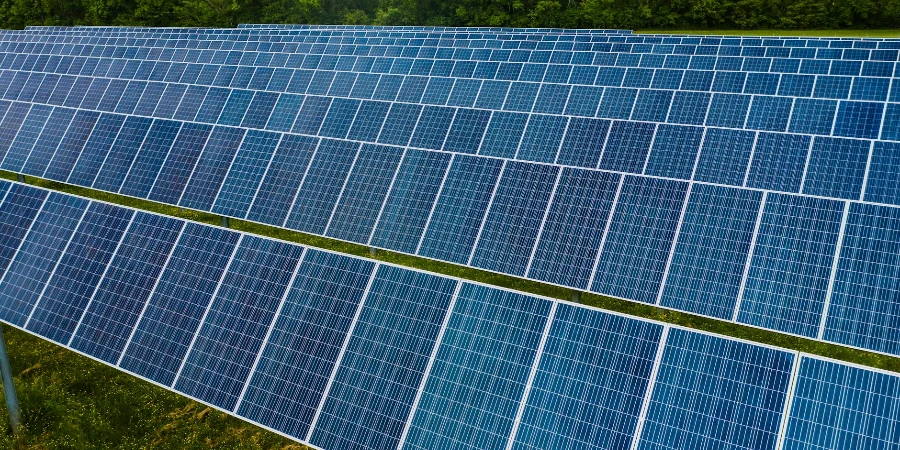In an era where sustainability is not just a choice but a necessity, solar electric generators stand out as beacons of hope. These innovative machines convert sunlight directly into electricity, offering an eco-friendly alternative to traditional power sources. This article delves into the intricacies of solar electric generators, exploring their efficiency, cost-effectiveness, environmental impact, installation process, and maintenance requirements. By breaking down these complex concepts, we aim to provide a comprehensive understanding that empowers readers to make informed decisions about adopting solar power.
Table of Contents:
1. Efficiency and performance
2. Cost-effectiveness and incentives
3. Environmental impact
4. Installation process
5. Maintenance and longevity
Efficiency and performance
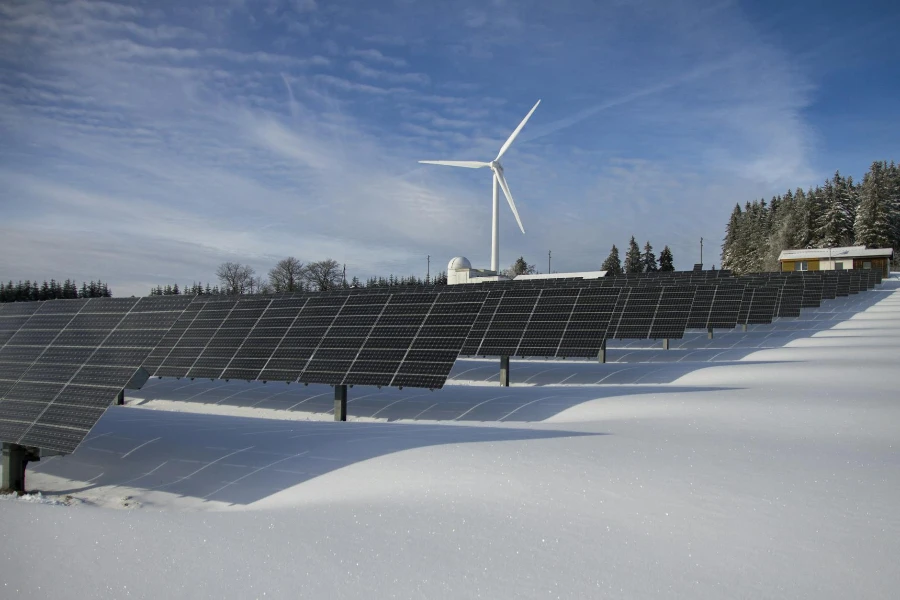
Solar electric generators have come a long way in terms of efficiency and performance. The core technology behind these generators is photovoltaic (PV) cells, which convert sunlight into electricity. The efficiency of a solar electric generator depends on the quality of these PV cells and the system’s design. Recent advancements have significantly increased their efficiency, making solar power a viable solution even in areas with limited sunlight.
The performance of solar electric generators also hinges on their capacity to store energy. Modern systems are often paired with batteries that store excess power for use during cloudy days or nighttime. This development has greatly enhanced the reliability of solar electric generators, ensuring a steady power supply.
Another critical aspect of their performance is the ability to integrate with existing power grids. This flexibility allows users to switch between solar power and the grid, depending on their needs and the availability of sunlight. Such integration is pivotal in maximizing the utility of solar electric generators and promoting their widespread adoption.
Cost-effectiveness and incentives
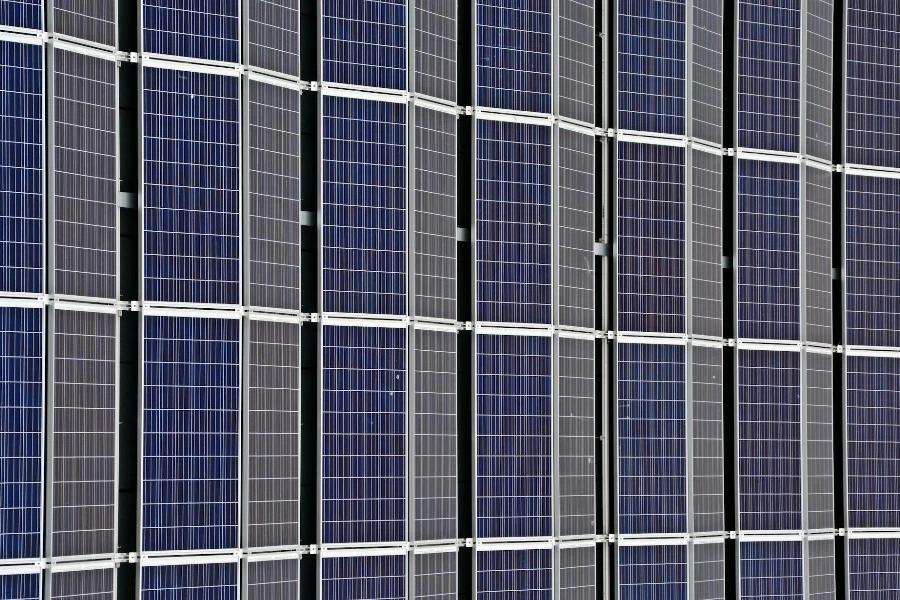
While the initial investment in a solar electric generator might seem steep, the long-term savings are substantial. The reduction in electricity bills over time, coupled with various government incentives, makes solar power an economically viable option. Many countries offer tax rebates, subsidies, and feed-in tariffs to encourage the adoption of solar energy, reducing the financial burden on consumers.
The payback period for solar electric generators has significantly decreased, thanks to these incentives and the falling prices of PV technology. As solar energy becomes more mainstream, economies of scale are expected to drive costs down further, making solar electric generators an even more attractive investment.
Moreover, the increased resale value of properties equipped with solar power systems adds another layer of cost-effectiveness. Homeowners not only save on energy costs but also potentially benefit from higher property values, making solar electric generators a wise financial decision.
Environmental impact
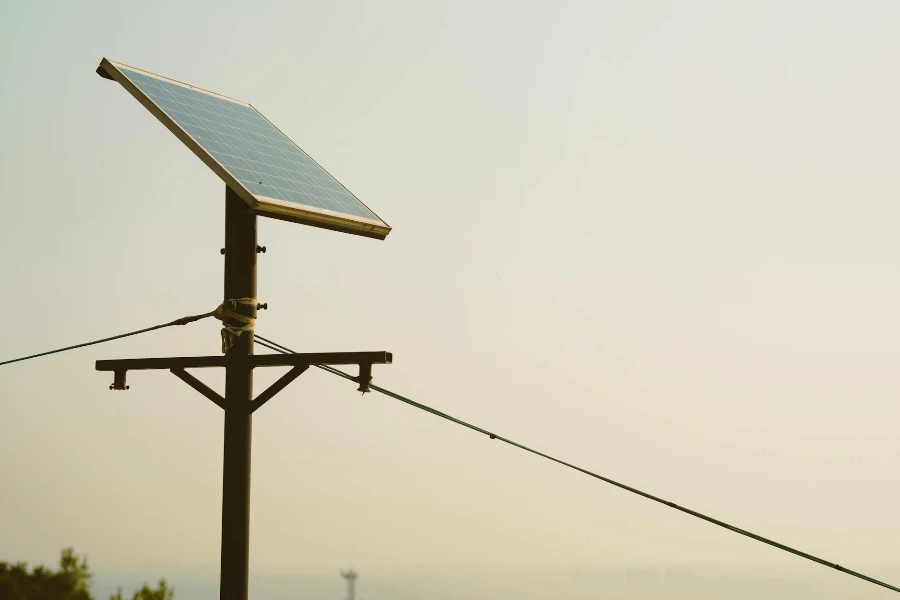
The environmental benefits of solar electric generators are profound. By harnessing the power of the sun, these systems produce clean, renewable energy, significantly reducing the reliance on fossil fuels. This shift plays a crucial role in combating climate change, as solar power emits none of the greenhouse gases associated with conventional energy production.
Furthermore, solar electric generators have a minimal impact on the environment during their lifecycle. Unlike oil or coal extraction, which can devastate ecosystems, the operation of solar panels is silent and unobtrusive. The land beneath solar arrays can often be used for agriculture or left in its natural state, preserving biodiversity.
The recyclability of solar panels and batteries is another environmental advantage. As the industry evolves, efforts to recycle and reuse materials from old solar power systems are increasing, further mitigating the ecological footprint of solar energy.
Installation process
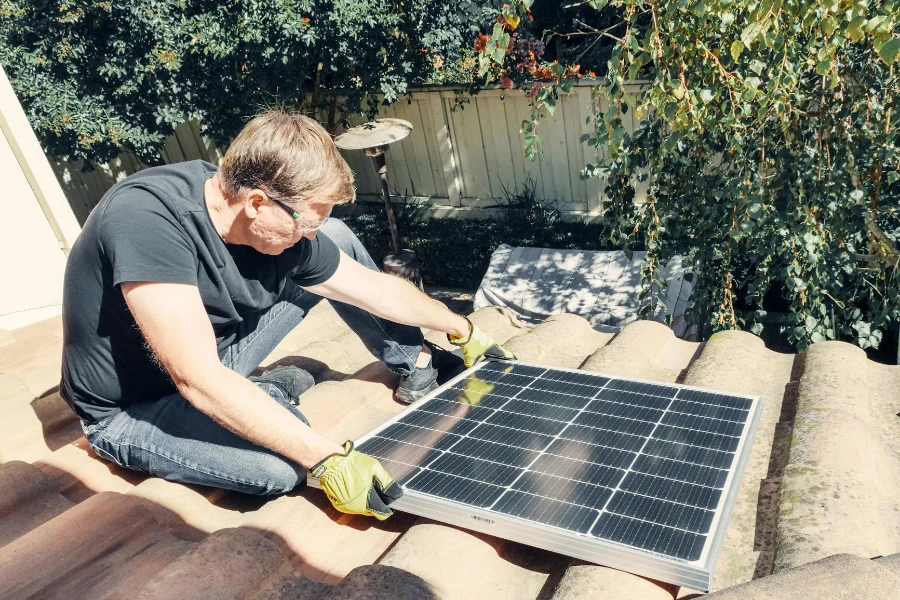
The installation of a solar electric generator is a critical step that influences its efficiency and performance. It begins with a site assessment to determine the best location and orientation for the solar panels. Factors such as local climate, angle of sunlight, and potential obstructions play a vital role in this decision-making process.
Professional installers then design the system, taking into account the energy needs of the household or facility. This tailored approach ensures that the solar electric generator provides maximum power output for its specific environment.
The physical installation involves mounting the solar panels, connecting them to an inverter, and integrating the system with the property’s electrical grid. While the process may seem daunting, experienced professionals can complete it efficiently, minimizing disruption to the property owner.
Maintenance and longevity

Contrary to what many might assume, solar electric generators require minimal maintenance. Regular cleaning of the solar panels to remove dust, debris, and snow is usually sufficient to maintain optimal performance. Most systems also come with monitoring software that alerts owners to any issues, allowing for prompt resolution.
The longevity of solar electric generators is another compelling feature. With lifespans exceeding 25 years, these systems provide long-term, reliable power. The durability of solar panels, combined with advancements in battery technology, ensures that solar electric generators continue to operate efficiently for decades.
Conclusion
Solar electric generators represent a significant step forward in our quest for sustainable energy solutions. Their efficiency, cost-effectiveness, minimal environmental impact, straightforward installation, and low maintenance requirements make them an attractive option for anyone looking to reduce their carbon footprint and energy costs. As technology advances and the world moves closer to embracing renewable energy, solar electric generators will undoubtedly play a pivotal role in shaping our sustainable future.
